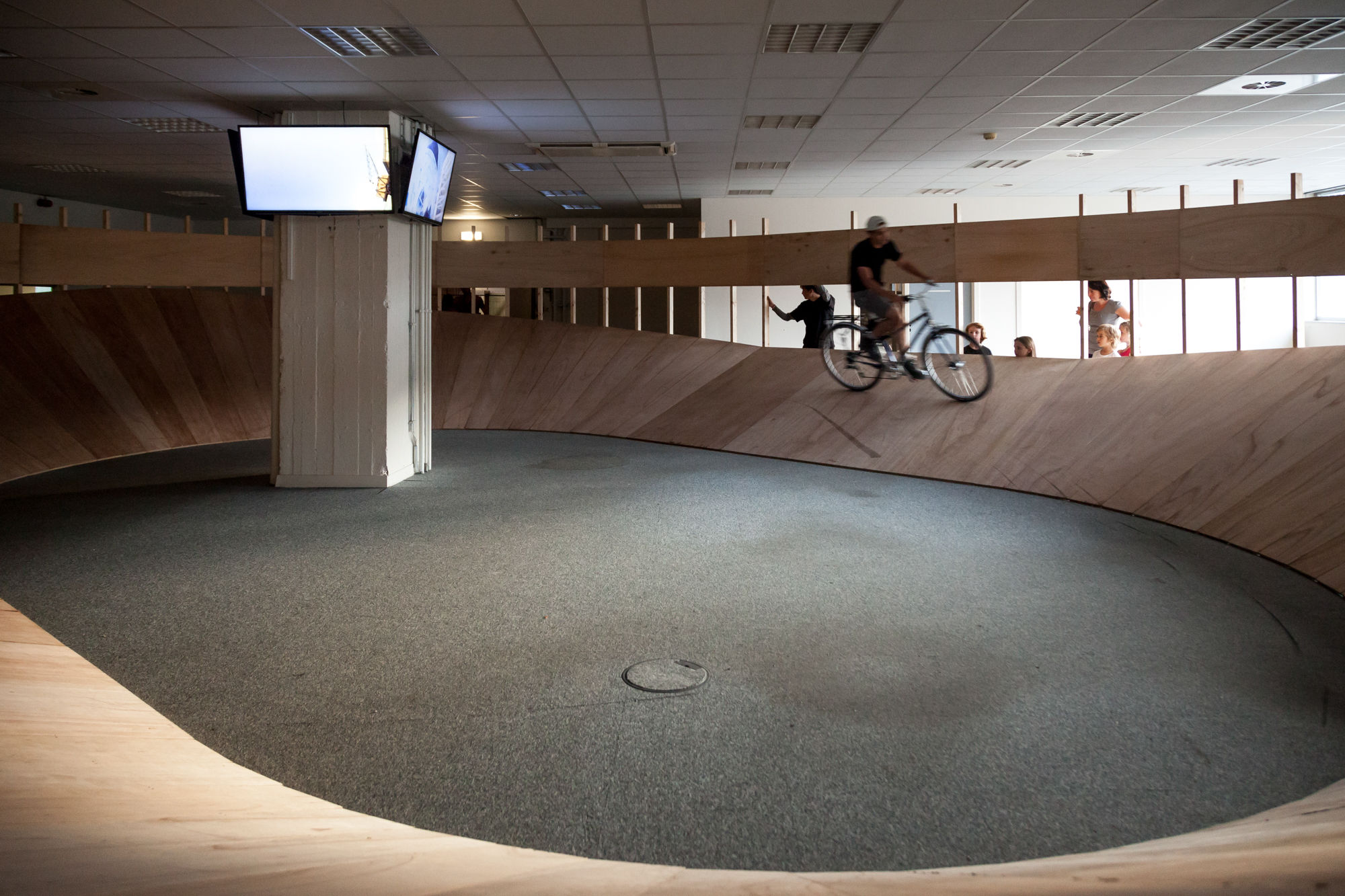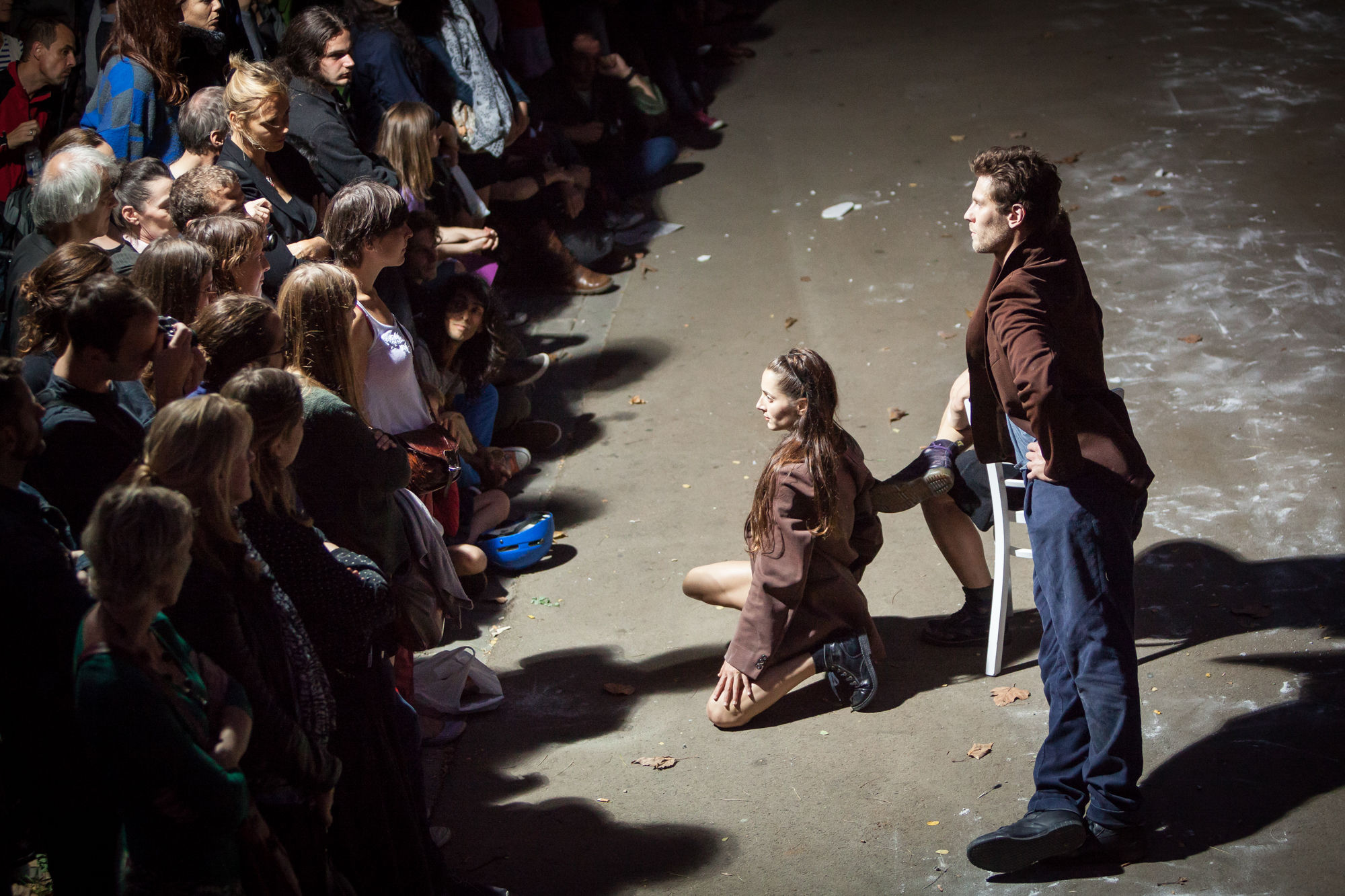For a long time the Brussels-Charleroi Canal was the physical and mental fault line that divided the centre of Brussels from the poorer districts on the other side of the water: densely populated neighbourhoods with high unemployment, a young population and an acute lack of space for play, sport and relaxation.














The Brussels Canal Zone is one of the most densely populated urban areas in Western Europe. It houses the neighbourhoods where many newcomers to the city first live. It is a place where population growth goes hand in hand with high youth poverty and unemployment. It is characterised by a desperate shortage of quality housing and collective space: there are no parks or squares, open or covered spaces to play, relax or meet up. Space that enables the city to breathe, as well as space for talent development, community building and entrepreneurship.
Developers have now discovered the Canal Zone as a result of increasing pressure on the housing market: empty hangars and derelict sites represent a treasure trove of unexplored construction possibilities. Although expensive lofts and apartment blocks do not solve the social issues. This raises the crucial question: are project developers to be given carte blanche to erect exclusive residential towers, or will there be an integrated approach that also takes account of the needs of existing residents?
To give politicians a nudge, the Festival Kanal Play Ground used temporary interventions to demonstrate the potential that has gone unused for a long time.
In close collaboration with youngsters, citizens and organisations, Festival Kanal Play Ground examined how the quality of the public space could be improved with spatial interventions. In 2013, there was an appeal for artistic and architectural proposals, installations and provocations. Ten of the resulting interventions, including BRIDGE, were actually implemented, and created extra space where there was previously none. They encouraged the unexpected use of unknown or underused sites, and enabled us to look from a fresh perspective at the city in the throes of transformation.
The festival temporarily took over Akenkaai, near the former post office (De Post) printing works, and the site that has been prepared for the new tram bridge that will connect North Station with the Heysel stadium. The large brownfield sites and old industrial buildings on both sides of this section of the canal are currently undergoing a complete transformation. A vibrant new part of the city is being created here. Buildings are springing up like mushrooms, including the Up-site residential tower and the Brussel Leefmilieu and Government of Flanders offices.









